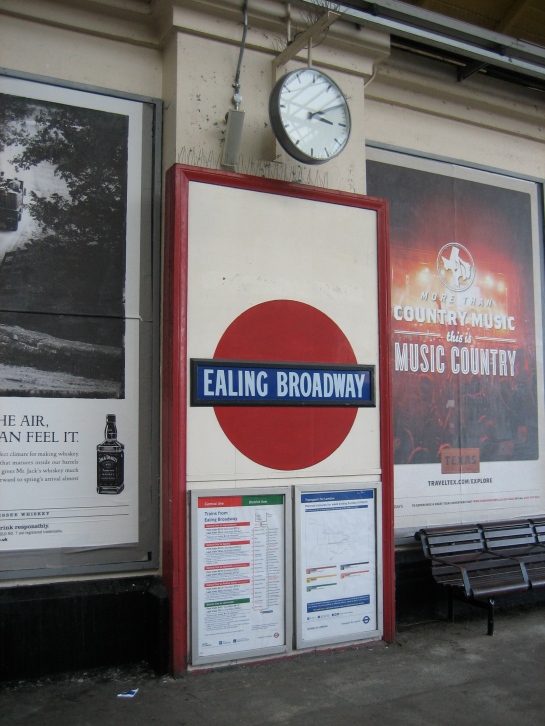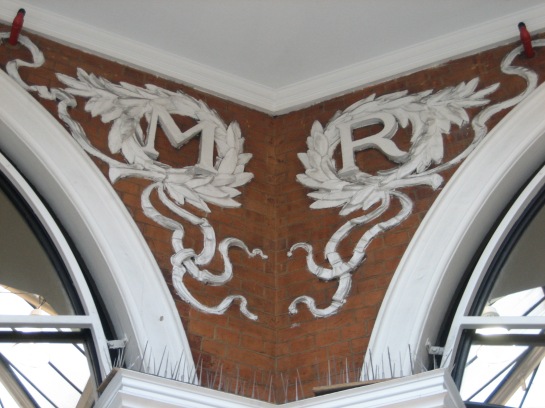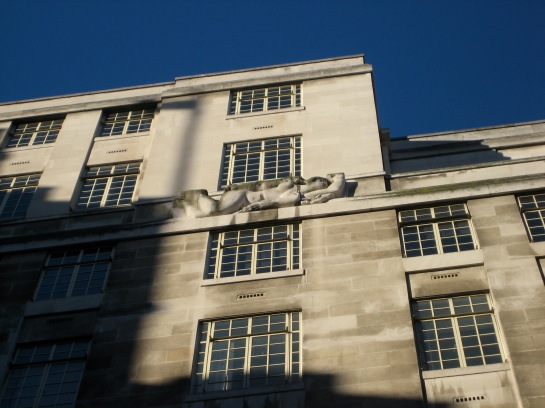 I’ve gone on before about how, just because something is old, doesn’t mean it automatically has value. There’s no point preserving absolutely everything just for the sake of it. It’s not practical, for one thing. What earthly use would be Underground stations done up to operate like they did in the past, but expected to cope with the volume of passengers in the present?
I’ve gone on before about how, just because something is old, doesn’t mean it automatically has value. There’s no point preserving absolutely everything just for the sake of it. It’s not practical, for one thing. What earthly use would be Underground stations done up to operate like they did in the past, but expected to cope with the volume of passengers in the present?
A lot of what was truly old on the Underground was truly awful, and thank heavens it no longer exists. Traces linger in picture form, and that’s where they belong, as warnings from history.
The old roundels at Ealing Broadway are different, though. They’re quite clearly not right, in the sense of not resembling what they would in short order be superseded with. But it’s right they exist, as they’re a reminder of how art and design can evolve for the better. They’re waymarkers on a journey that ends in splendour.
Mark Ovenden dates these as belonging to the first half of the 1910s, a few years before Edward Johnston developed the typeface that led to the present-day roundel being registered as a trademark in 1917.
Two can be found on the District line platforms at Ealing Broadway, and are easy to locate and photograph. Even earlier examples are tucked away in corners of Covent Garden and Caledonian Road.
They’re all a bit ungainly, ill-formed and trying to be grown up: the Underground in adolescence. But they capture a thought process working itself out in the public gaze – one that deserves to be preserved within a 21st century Underground network that continues to work itself out in (almost always) constructive, creative ways.
These roundels are worth keeping for the inspiration they continue to provide today, here, right now. For they aren’t aesthetic dead ends. They’re fascinating stumbles towards genius.
Forget 1940. Rejoice in the Broadway melody of 1915!










